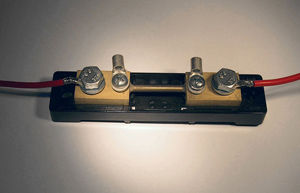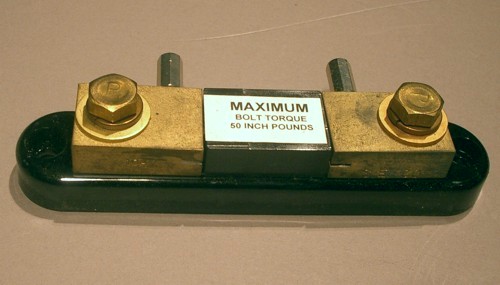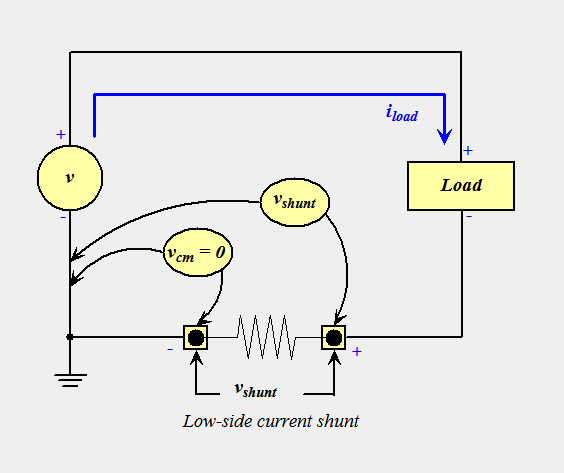Categories:
News
Research
Industrial Automation
Automation Components
Electric Components
Robots
Artifint
New Wave
Motors
Practical
News
Research
Industrial Automation
Automation Components
Electric Components
Robots
Artifint
New Wave
Motors
Practical
Tags:
announcement, website, testing, PLC rack, I/O, Cable, Parallel communication, Serial communication, ASCII, RS232, RS-232 Communication, ProfiBus, Industrial robots, manipulator, Cartesian robot, SCARA Robot, Articulated robot, end-of-arm-tooling, Robotics, Metalcasting, automotive industry, Integrated force sensing, shunt, electric current, Human - Machine Interface, HMI, MMI, Human Factors Engineering, Usability Engineering, User Interface, Systems Engineering, Opton, T-WIN20, T-WIN20 KDM, robot bender, pipes, PROFIBUS, Process Field Bus, communication, automation technology, PROFINET, Industrial Ethernet, Central Association for the Electrical Industry, ZVEI, PROFIBUS FMS, PROFIBUS DP, PROFIBUS International, field-bus, OSI Network model, Field bus Data Link, FDL, RS485, fiber-optic transmission, Manchester Bus Power, MBP, bus topology, Fieldbus Message Specification, Decentralized Periphery, PROFIBUS PA, PROFIdrive, PROFIsafe, The PROFIBUS User Organization, Contactor, Relay, Differences, automation, switch, power contacts, auxiliary contacts, contact springs, electromagnet, coil, armature, Grounding, shielding, EMI, Shields, PWM, RF signal, Magnetic coupling, Pulse-width-modulation, PWM simulation, EMI noise, CE mark, and many more...
Shunt
 In electronics, a shunt is a device which allows electric current to pass around another point in the circuit.
The term is also widely used in photovoltaics to describe an unwanted short circuit between the front and back
surface contacts of a solar cell, usually caused by wafer damage.
In electronics, a shunt is a device which allows electric current to pass around another point in the circuit.
The term is also widely used in photovoltaics to describe an unwanted short circuit between the front and back
surface contacts of a solar cell, usually caused by wafer damage.When a circuit must be protected from overvoltage and there are failure modes in the power supply that can produce such overvoltages, the circuit may be protected by a device commonly called a crowbar circuit. When this device detects an overvoltage it causes a short circuit between the power supply and its return. This will cause both an immediate drop in voltage (protecting the device) and an instantaneous high current which is expected to open a current sensitive device (such as a fuse or circuit breaker). This device is called a crowbar as it is likened to dropping an actual crowbar across a set of bus bars (exposed electrical conductors).

Use in current measuring
An ammeter shunt allows the measurement of current values too large to be directly measured by a particular ammeter. In this case the shunt, a manganin resistor of accurately known resistance, is placed in series with the load so that all of the current to be measured will flow through it. The voltage drop across the shunt is proportional to the current flowing through it and since its resistance is known, a millivoltmeter connected across the shunt can be scaled to directly display the current value.In order not to disrupt the circuit, the resistance of the shunt is normally very small. Shunts are rated by maximum current and voltage drop at that current, for example, a 500 A, 75 mV shunt would have a resistance of 0.15 milliohms, a maximum allowable current of 500 amps and at that current the voltage drop would be 75 millivolts. By convention, most shunts are designed to drop 50 mV, 75 mV or 100 mV when operating at their full rated current and most ammeters consist of a shunt and a voltmeter with full-scale deflections of 50, 75, or 100 mV. All shunts have a derating factor for continuous use, 66% being the most common. Continuous use is a run time of 2+ minutes, at which point the derating factor must be applied. There are thermal limits where a shunt will no longer operate correctly.
Where the circuit is grounded (earthed) on one side, a current measuring shunt can be inserted either in the ungrounded conductor or in the grounded conductor. A shunt in the ungrounded conductor must be insulated for the full circuit voltage to ground; the measuring instrument must be inherently isolated from ground or must include a resistive voltage divider or an isolation amplifier between the relatively high common-mode voltage and lower voltages inside the instrument. A shunt in the grounded conductor may not detect leakage current that bypasses the shunt, but it will not experience high common-mode voltage to ground. The load is removed from a direct path to ground, which may create problems for control circuitry, result in unwanted emissions, or both.



This post belongs to category: